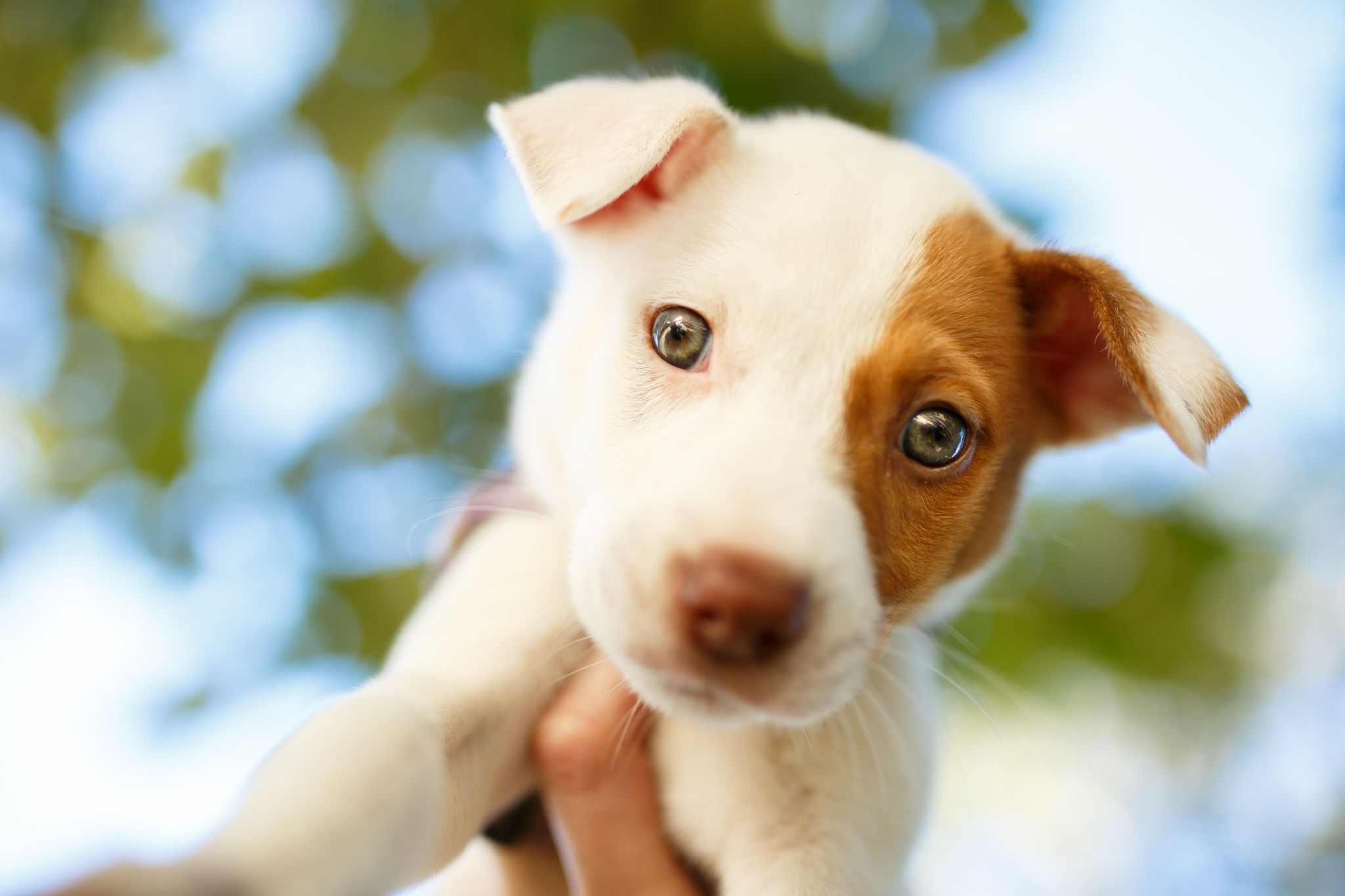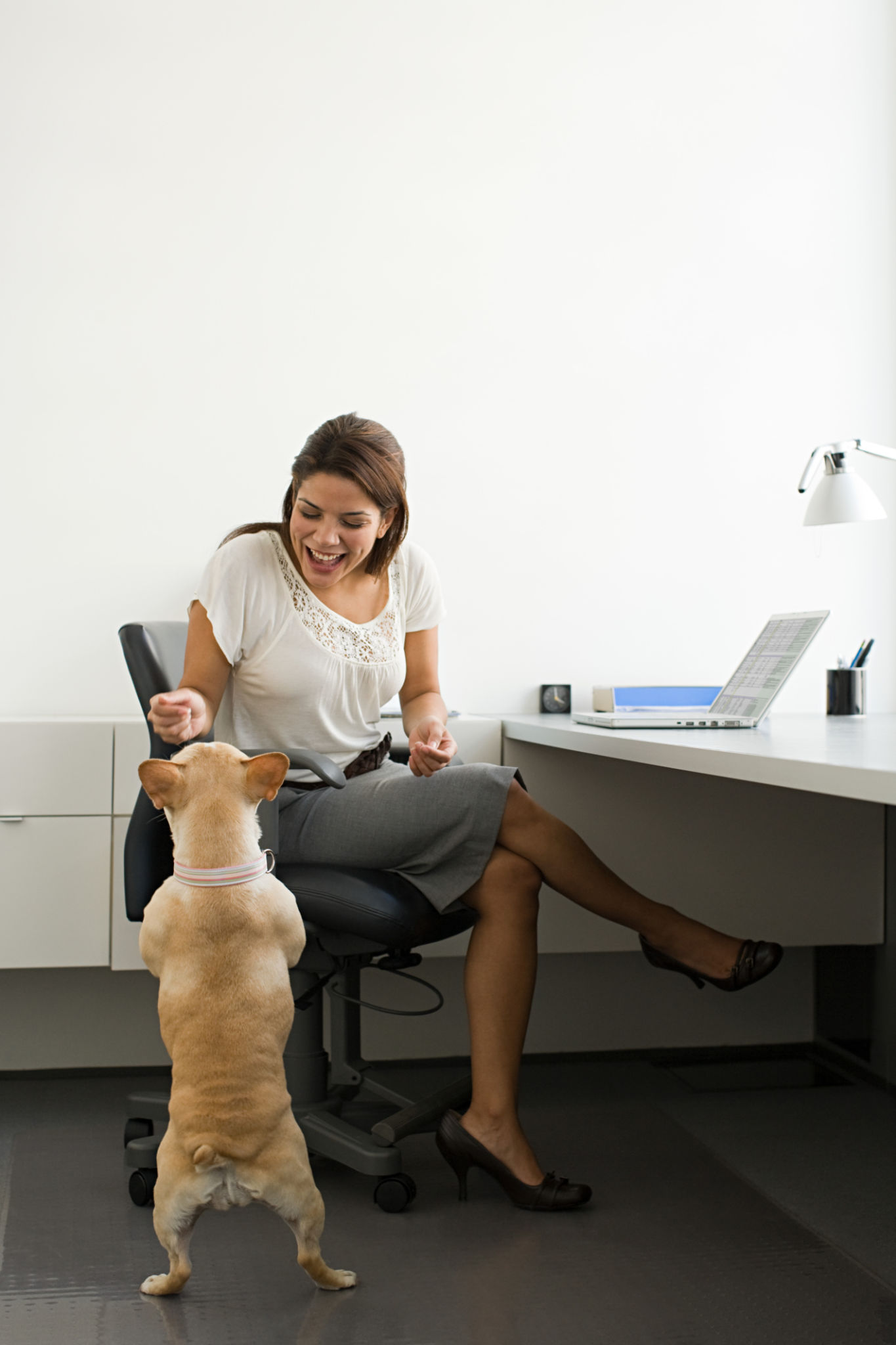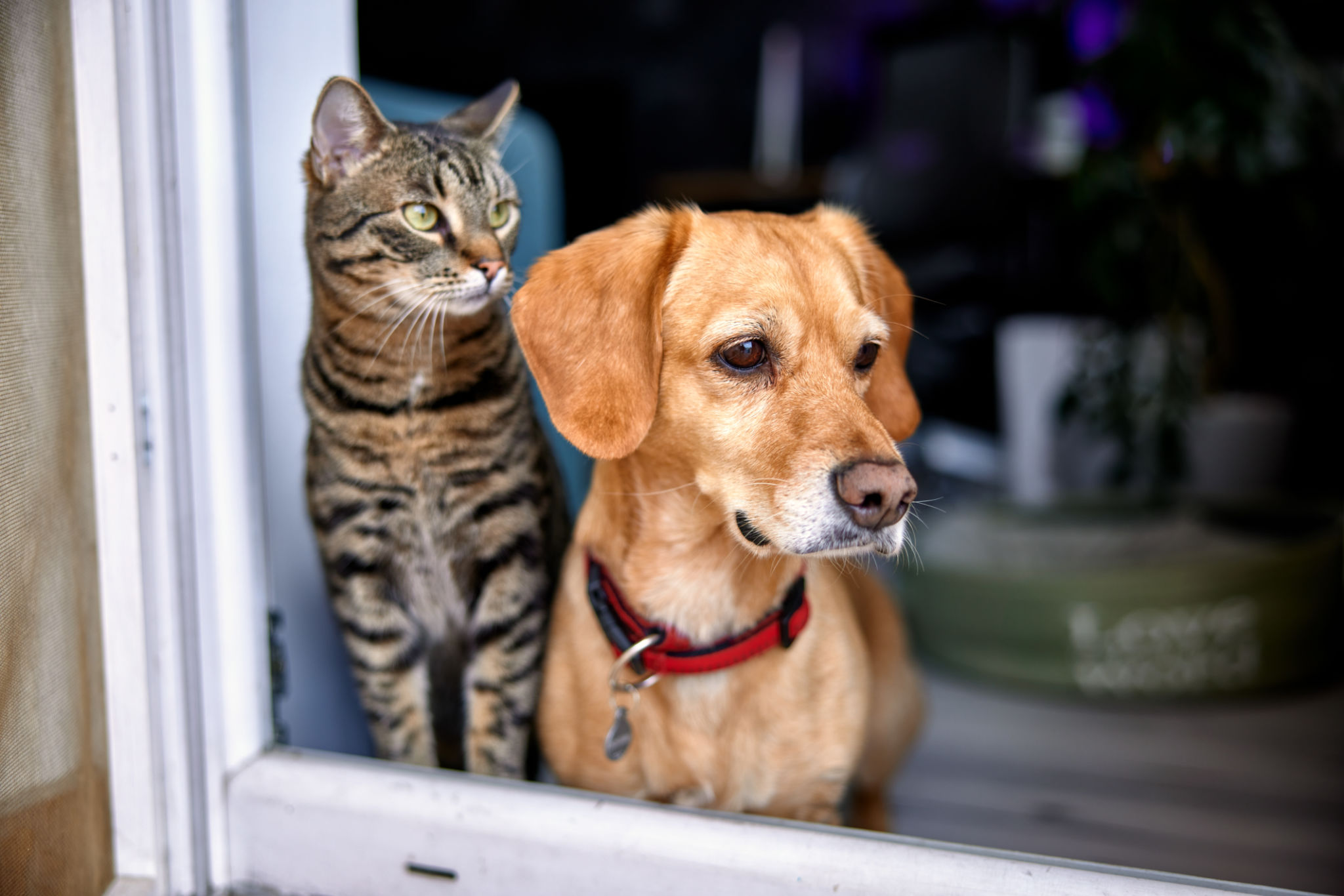How to Prepare Your Home for a New Small Dog
Creating a Safe Space
Bringing a new small dog into your home is an exciting experience, but it requires some preparation to ensure a smooth transition. One of the first steps is to create a safe and comfortable space for your new furry friend. Designate a specific area in your home where your dog can relax and feel secure. This space should be free from hazards, such as electrical cords or small objects that could be swallowed.
Consider using a crate or a pet bed to provide your dog with a cozy resting spot. Make sure it's located in a quiet area, away from the hustle and bustle of daily activities. Having their own designated spot helps your dog feel at ease and provides a go-to place when they need some downtime.

Gathering Essential Supplies
Before your new dog arrives, stock up on essential supplies to meet their needs. Start with food and water bowls that are the right size for a small dog. Choose high-quality dog food appropriate for their age and size, and consult your veterinarian if you need guidance on dietary requirements.
You'll also need a collar, leash, and identification tags. Ensure the collar fits properly, allowing enough room for two fingers to fit between the collar and your dog's neck. Identification tags should include your dog's name and your contact information.

Toys and Chews
Small dogs have plenty of energy, so it's important to keep them entertained with toys and chews. Select toys suitable for their size and chew strength, as small parts can pose a choking risk. Interactive toys that encourage mental stimulation are also beneficial, especially for intelligent breeds.
Pet-Proofing Your Home
Similar to child-proofing, pet-proofing your home involves making adjustments to prevent accidents and protect your new dog from potential dangers. Start by securing loose wires and cables with cord organizers or hiding them behind furniture. Store cleaning supplies, medications, and other toxic substances out of reach or in locked cabinets.

Additionally, check your home for plants that may be toxic to dogs. Common household plants like lilies, philodendrons, and poinsettias can be harmful if ingested. Opt for pet-safe plants or place them in areas inaccessible to your dog.
Establishing a Routine
Dogs thrive on routine, so establishing a consistent schedule for feeding, walks, and playtime is crucial. Consistent routines help your dog understand what to expect each day, reducing anxiety and promoting good behavior. Set regular times for meals and walks, adapting them gradually if needed once your dog's natural patterns emerge.
Behavioral training should also be part of this routine. Start with basic commands like sit, stay, and come to build a foundation of good manners. Positive reinforcement through treats and praise encourages learning and strengthens the bond between you and your new pet.

Introducing Your Dog to Family Members
Your new dog will need time to adjust to their new environment and family members. Introduce them gradually to each person in the household, allowing them to approach at their own pace. Use treats and positive reinforcement to create positive associations with each introduction.
If you have other pets at home, introduce them slowly under controlled conditions. Monitor their interactions closely and intervene if necessary to prevent any aggressive behavior. With patience and care, your new dog will soon become a cherished member of the family.